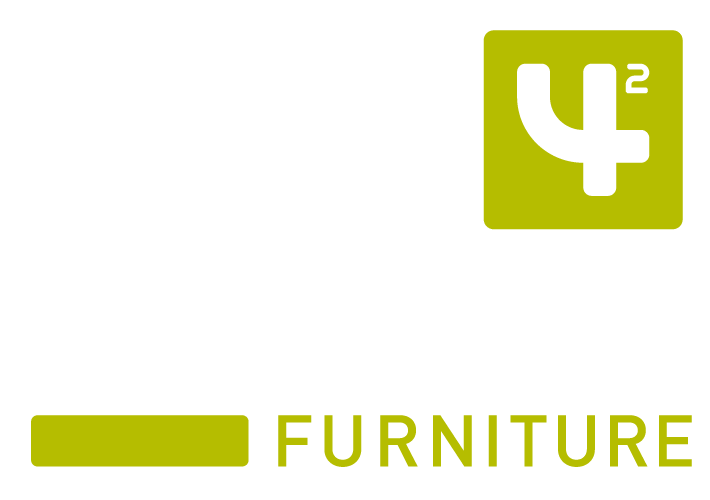
When it comes to designing and refurbishing school environments each space is unique - from washrooms, dining halls, classrooms, learning resource zones, staff rooms and reception areas - each needs to be designed with the end result in mind. There’s no one-size fits all in learning environments, each space and each school will have it’s own constraints and opportunities.
1. Be Prepared
One of the most important things to establish when you are looking to improve, change or just simply update a school space is ‘What do we really want to achieve from this area?’. Think about the following and even brainstorm it if necessary, the answers to the questions below should help you create an initial brief for the project.
a. What are the strategic and educational goals for the project?
b. What do you want to spend on the area? Does your budget align with what you want to achieve?
c. What ‘look and feel’ should your space have? Corporate, fun, creative, calm, inspirational or just simply functional.
d. How will the school be perceived by the wider community, visitors and parents?
e. What is the ethos of your school and is there scope to express this through space design, colours, fabrics, flooring and furniture choice?
f. How do you want to use the space? For studies, collaboration, specific topics, break out, meetings, relaxing or will it be multi-use. If it’s multi-use what needs to take precedence in the area.
g. How does the area cater to the pastoral care of pupils? Are there adequate private, reflective and quiet spaces as well as spaces where they can get together, socialise and be noisy?
h. How many pupils at any one time will there be in the area, do you need to allow for seating for all of them? How many pupils will be moving through the area at any one time?
i. Think about ‘future-proofing’ the project. How will pupils learn in the future? Does the design allow for developments in technology and the increasing use of AI, AR and VR in the classroom? Will you want to change the use of the space in the future? Will you be able to accommodate different activities in the same space?
j. And finally, make sure everyone is on board even if you must resort to an agreement to disagree. A project will only be successful if all parties involved are aligned with what the end result should look like.
2. Be Realistic
a. Understand the limitations of the space and don’t overestimate what can be achieved.
b. Be prepared to prioritise your needs if it’s obvious that not all your needs can be achieved.
c. Ensure the area works for your primary use and then add to that.
d. Whilst the design of a space is important, the focus should be on the function – it does not always follow that an attractive design on paper will work in practice.
e. The nature of delivering and installing furniture can often be challenging. We strive for 100% perfection on every project but accept that there may be snagging issues to solve during installation.
3. Be Specific
a. Are there any awkward items that you store or use in the area that you need to accommodate?
b. Do you want to store boxes/items in cupboards that may determine what size the cupboards need to be?
c. Do you really need to have large crescent desks? These can be too big for standard offices and quite often the space in the back corner is often used a ‘dumping’ ground or dust trap.
d. Do you need arms on your operator chairs or will they impede access to the desk and impede movement within a small space?
e. Have you thought about the ergonomics of the furniture? Simple accessories such as monitor arms can improve comfort and help the space work much more ergonomically for both staff and pupils.
f. Does the furniture comply with EN1729, which sets out dimensions for school furniture based on size marks and extra heights for improved posture?
g. Consider the options for flooring - how will you cope with wear and tear/spillages? Floor tiles are an ideal option as you can replace each one individually rather than having to update an entire floor if one small area is damaged.
h. Don’t overlook the ceiling – suspended ceilings offer the opportunity to add shaped acoustic baffles and coloured or printed felt panels to help with managing noise in busy environments and will instantly improve the look of a tired ceiling.
i. Have you considered the acoustics of the school and does the design comply with mandatory acoustic performance standards required in Building Regulations?
j. Power and Data requirements – will there be a need to change, add to or move power and or data to fit in with the new furniture scheme?
4. Be Clear
a. Communication is key – ensure everyone understands and knows what is required and expected.
b. Don’t assume anything – just because it’s clear in your head, it doesn’t mean it will be obvious to others.
c. Ensure clear lines of communication are established between all parties, this will avoid problems particularly during the delivery and installation phase of the project.
d. Raise worries early, don’t think they’ll be sorted out as the project continues, quite often a what would have been a small issue very quickly escalates to a major problem if it’s not flagged up early enough.
e. Ensure everybody knows when delivery and installation is happening and that there is adequate access to the relevant parts of the building, with someone available on site.
These Top Tips are drawn from our 50-year experience of working with schools, architects and interior designers – bringing everyone together to create inspirational school and learning environments where both children and staff are motivated to thrive and achieve their best.
We think it’s crucial to get your project off to a good start, which is why we do not charge for space planning and design so if you’re looking to improve, refurbish or update any space in your school, contact us on 01923 77424 to a free consultation.

